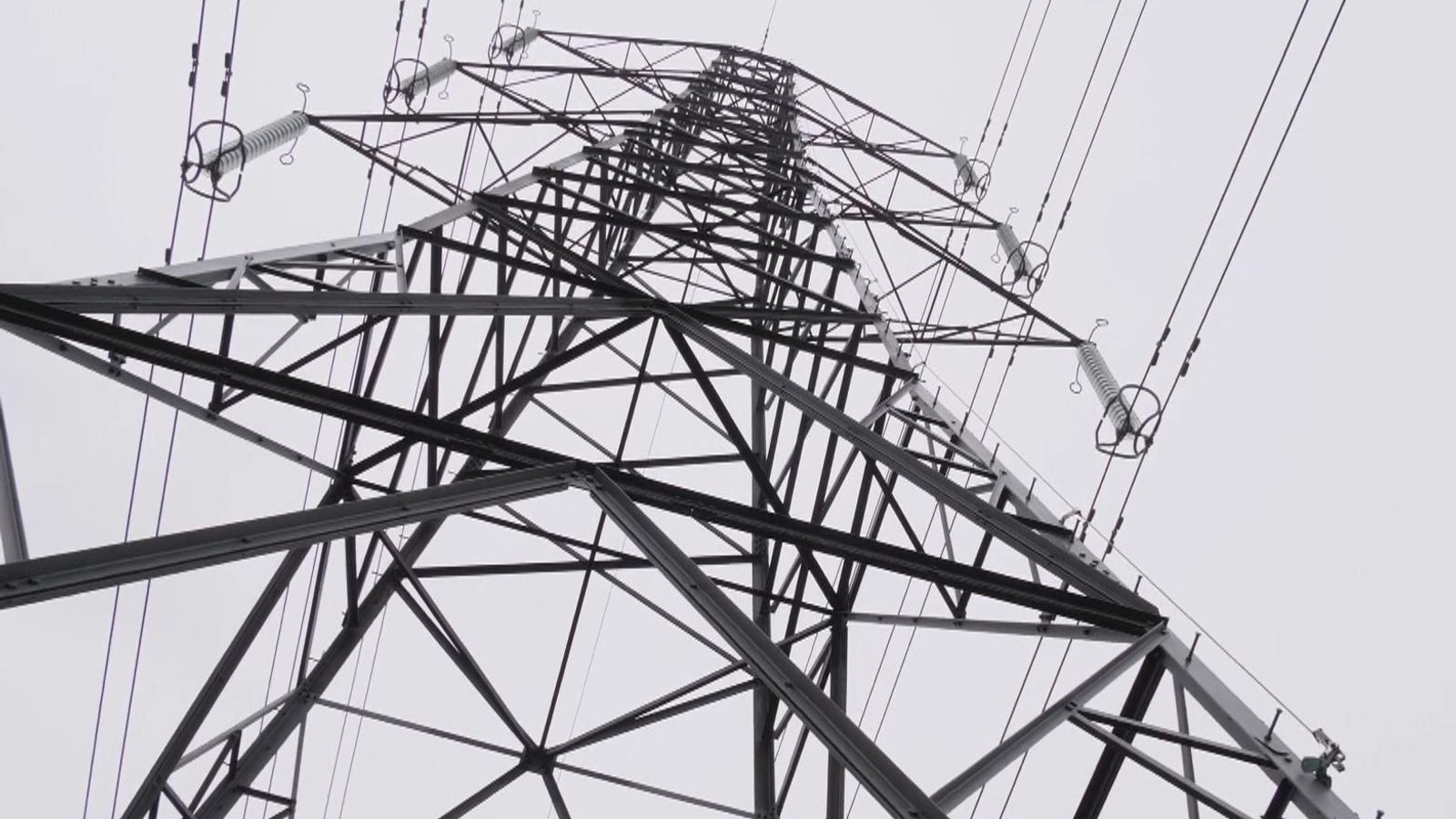Ofgem has launched a discussion on the energy price cap, floating options such as a cap based on things such as vulnerability and when energy is used.
The watchdog said it will examine how energy regulation must change “to ensure customers are protected, they continue to pay a fair price for their energy, and they get to realise all the benefits of net zero”.
The price cap was introduced in January 2019 to prevent people on variable tariffs being ripped off. Initially it changed a couple of times each year – but since 2022 it has been updated every three months.
The cap – and bills – shot up after major gas supplier Russia launched a full-scale invasion of Ukraine in February 2022 – the cap in the winter of 2021/22 was £1,216 but by January last year it had soared to over £4,000.
Between April and the end of June, the cap – based on a typical household using electricity and gas and paying by direct debit – will go down to £1,690.
Some of the options in Ofgem’s discussion paper include a price cap that looks at the time of day energy is used, a targeted cap based on factors such as vulnerability, and protections such as capping the margin suppliers can make.
Tim Jarvis, director general of retail and markets at Ofgem, said: “We’re looking in detail at the elements of the price cap that have worked well and the challenges we’ve identified in recent years, while also considering how a wide range of future consumers will use and pay for energy to make sure we develop the right measures that will protect and benefit consumers across the board.”






















